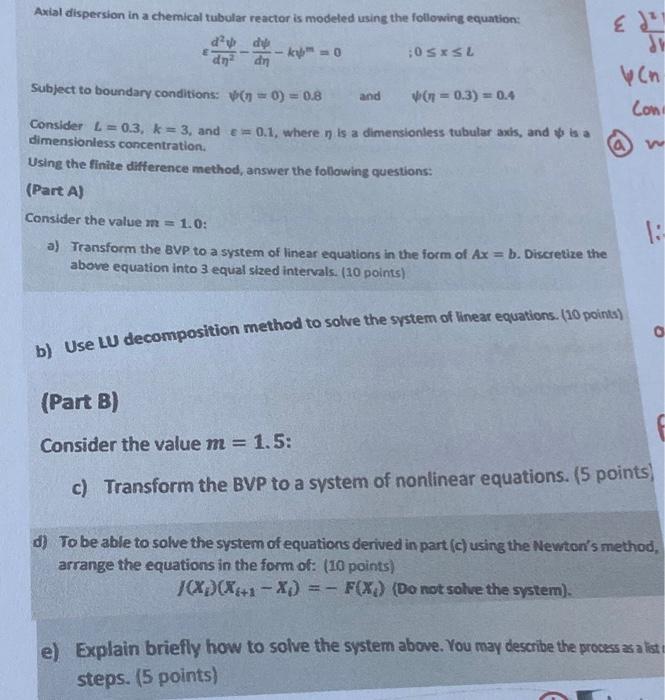Answered step by step
Verified Expert Solution
Question
1 Approved Answer
Axial dispersion in a chemical tubular reactor is modeled using the following equation: d2d2ddkm=0;0xL Subject to boundary conditions: (=0)=0.8 and (n=0.3)=0.4 Consider L=0.3,k=3, and =0.1,

Step by Step Solution
There are 3 Steps involved in it
Step: 1

Get Instant Access to Expert-Tailored Solutions
See step-by-step solutions with expert insights and AI powered tools for academic success
Step: 2

Step: 3

Ace Your Homework with AI
Get the answers you need in no time with our AI-driven, step-by-step assistance
Get Started


